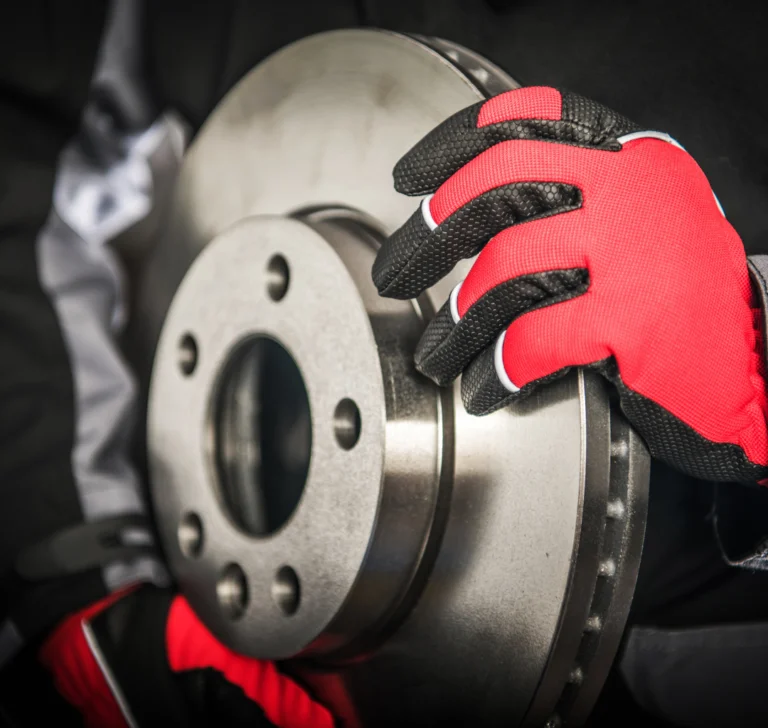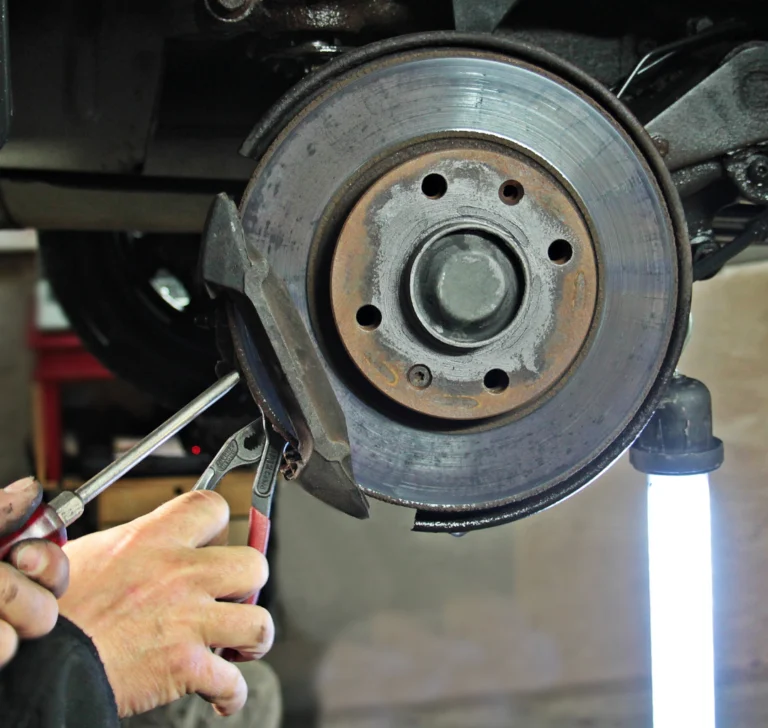Brake Safety Week involves a thorough inspection by agents who evaluate multiple components of a truck's brake system.
This year, the CVSA Brake Safety Week will take place from August 24 to 30, 2025, with a focus on brake system safety across North America. This annual initiative emphasizes brake-related violations, one of the leading causes of accidents involving commercial vehicles. The inspection is conducted to encourage compliance with regulations, as failing an inspection can result in fines, out-of-service orders, and delivery delays.
This year, Brake Safety Week will focus on brake drums and rotors. According to CVSA, issues with these parts can compromise brake effectiveness and may even detach from the vehicle, potentially causing serious damage or injury.

What areas will be inspected?
Brake Safety Week involves thorough evaluations by agents who inspect multiple components of a truck’s brake system. Although this year the inspection will focus on drums and rotors, inspectors will assess all brake system components. Key inspection areas, according to CVSA, include:
- Brake pads and shoes – proper thickness and even wear.
- Air brake systems – compressors, tanks, lines, and valves.
- Hydraulic brake fluid lines and levels – proper levels and no leaks.
- Brake drums and rotors – inspecting for cracks, deformations, and structural damage.
- Slack adjusters – correct position and operation.
- Brake warning systems – dashboard lights, indicators, and audible alarms.

How to prepare for the inspection?
For many drivers, avoiding inspections may seem like a way to pass them, but the importance of these events is often overlooked. These inspections emphasize the need to comply with safety regulations and maintain a good driving record. The best approach is to be prepared in advance, and it’s easier than it seems:
1. Inspect your brakes thoroughly
Before facing the CVSA inspection, make sure to perform one yourself. Check the following truck components:
- Air pressure levels and potential leaks.
- Brake pads and shoes.
- Brake lines and hoses.
- Warning lights, indicators, and alarms.
- Brake chambers and air tanks.
2. Schedule maintenance in advance
In addition to routine checks, don’t forget to take your truck to a certified mechanic for proper maintenance. Having a professional ensure everything is in working order gives you peace of mind, knowing that potential issues are caught before they become violations, ensuring compliance during the inspection.
Make sure to schedule maintenance in advance to ensure it’s thorough and of high quality.
3. Prepare your documentation
Keep your paperwork organized and ready. Make sure to carry your records in order, along with your ELD and DVIR data, as well as medical cards and certifications. Disorganized documentation may lead to more detailed inspections, while organized drivers usually pass through faster.

While you can’t always control the outcome of an inspection, you can make an effort to achieve the main goal: passing. With these three simple steps, we guarantee you’ll be fully prepared for the inspection.

The strangest Black Friday purchases: from funny to nothing
Fueled by the adrenaline of the moment and the excitement of scoring big discounts, many shoppers have ended up buying unusual items during Black Friday.

Young drivers wanted, older drivers needed: the industry’s biggest dilemma
The road transportation industry remains at a crossroads in its efforts to recruit young drivers, but the workforce keeps aging and seeking retirement. The road

Thanksgiving, Black Friday and the Long Weekend: America Moves Because Trucks Never Stop
Thanksgiving, Black Friday and the Long Weekend: America Moves Because Trucks Never Stop

Thankful for the Drivers Who Keep America Moving This Thanksgiving
Thankful for the Drivers Who Keep America Moving: The Invisible Work Behind One of the Busiest Thanksgiving Seasons

Preparing for Thanksgiving travel: best and worst times to travel
Whether you are a truck driver, a traveler, or simply someone who needs to move around during these days, we share essential information to help

Cargo theft spikes during Thanksgiving: how to stay safe
Every year during Thanksgiving, cargo theft poses a serious threat to the trucking industry, and this year will be no exception. Every year during Thanksgiving,
